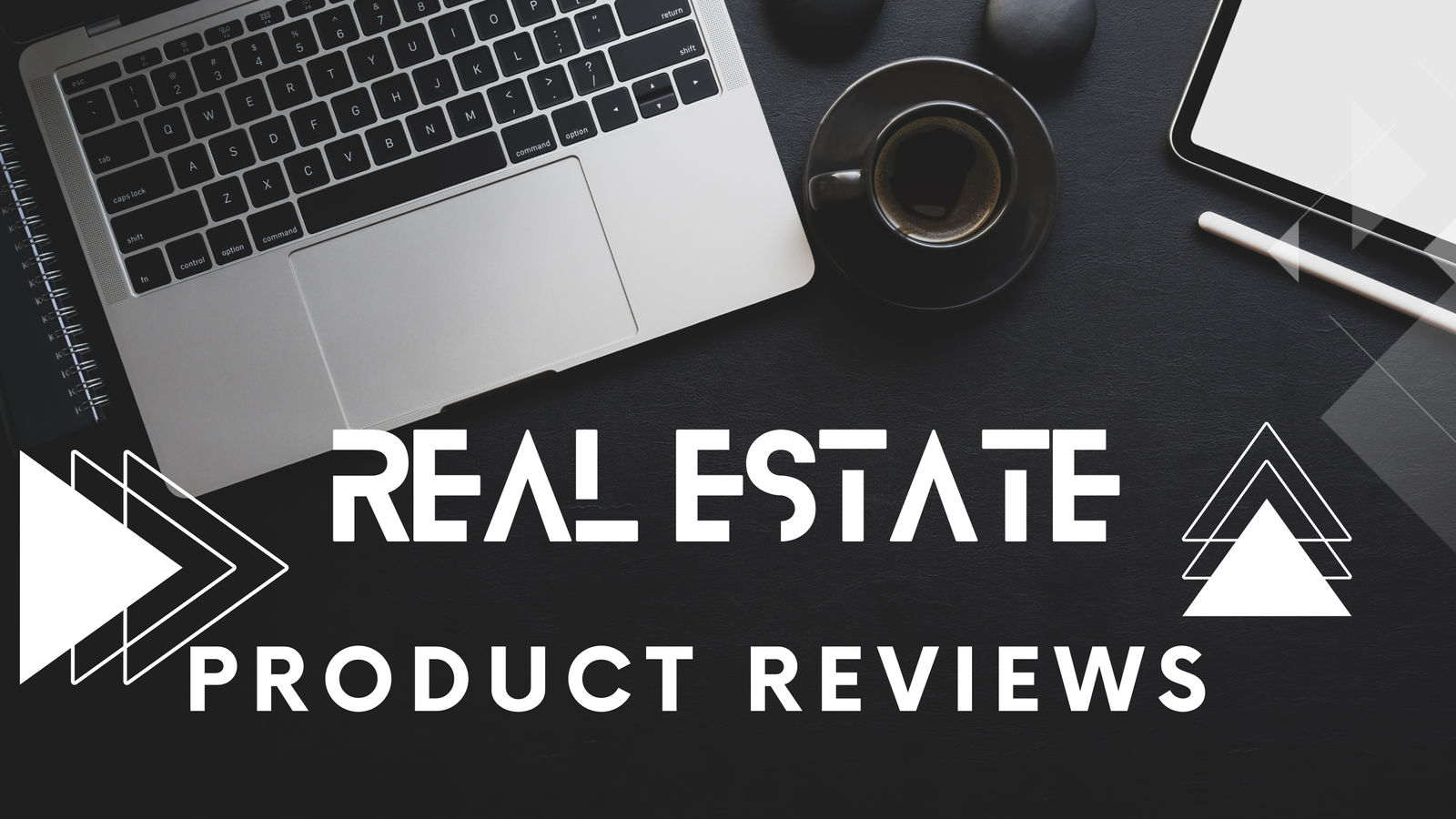Balancing lead generation with client service is key to sustainable business growth. Start by setting clear goals that align with your company’s vision, ensuring a harmonious approach. Use a mix of short-term strategies like pay-per-click advertising and long-term methods such as content marketing. Personalize customer experiences with optimized onboarding, and implement loyalty programs to retain clients. Regularly monitor key performance indicators like conversion rates and client satisfaction. Foster collaboration between marketing, sales, and client service teams through regular communications and integrated tools. Automation and data analytics offer valuable insights, promoting efficient workflows and continuous growth. Discover strategies that intertwine these essential elements further.
Key Takeaways
- Implement both short-term and long-term strategies to effectively balance lead generation with client service needs.
- Set clear goals aligned with your company’s vision to ensure cohesive progress in both areas.
- Utilize data analytics to personalize customer experiences and improve both lead generation and client retention.
- Maintain team collaboration through regular meetings and integrated tools to streamline efforts in both lead management and client service.
- Use automation tools to enhance efficiency in lead generation and client servicing, ensuring continuous growth.
Recognizing the Need for Balance

Balancing lead generation and client service is like walking a tightrope, but it’s imperative for maintaining business growth. When you focus too heavily on attracting new clients, you risk neglecting your existing ones, leading to dissatisfaction and potential loss. Conversely, if you only concentrate on serving current clients, you might miss out on new opportunities, stunting your business’s expansion.
This delicate balance is essential because lead generation and client service are interdependent; they work together like the source and container for water. Both need careful management to guarantee optimal results and sustainable revenue growth. Successful strategies can significantly increase ROI, making it crucial to balance these elements effectively over time. High-quality leads are especially important, as they often yield higher conversion rates, leading to more efficient resource allocation and better overall sales performance.
You need a patient, long-term approach, especially in B2B environments, where nurturing leads over time is imperative. Recognizing the consequences of imbalance is critical; failing to maintain this balance can lead to lost opportunities, poor customer satisfaction, and decreased profitability.
One of the key challenges you’ll face is balancing lead quality and quantity, which requires strategic planning like defining target audiences and segmenting leads. Additionally, implementing a lead scoring system can help prioritize high-quality leads, guaranteeing your resources are effectively allocated.
Implementing Balanced Strategies
Often, achieving a harmonious balance between lead generation and client service requires implementing a mix of both short-term and long-term strategies. Start by setting clear goals aligned with your company’s vision to guarantee cohesive progress. For short-term gains, leverage tactics like pay-per-click advertising and special offers, especially during new product launches. These provide immediate traction but should be complemented by long-term strategies, such as investing in content marketing and SEO, which establish a sustainable pipeline and strengthen your brand. Exceptional customer service is essential, as it fosters loyalty and referrals, enhancing your reputation. Integrate these tactics to achieve immediate growth while guaranteeing long-term sustainability. Use inbound lead generation to attract visitors through valuable content, employing SEO and social media to build trust. To capture leads, offer gated content that solves problems, gathering critical visitor information. Prioritizing customer lifetime value is crucial for long-term metrics, helping assess the ongoing impact of your strategies. Nurture these leads with timely, relevant content, utilizing marketing automation and retargeting to maintain engagement. Partner with like-minded companies through co-marketing, leveraging shared trust and expertise. Since capturing leads early allows for influence over their purchasing decisions, qualifying leads helps focus on those likely to generate revenue. Employ technology like marketing automation tools and live chat to streamline processes and enhance customer experiences, guaranteeing a seamless balance between generating leads and serving clients effectively.
Enhancing Lead Generation

To effectively enhance lead generation, focus on integrating innovative content and advertising strategies that attract and capture potential clients. Start by creating high-quality content that’s relevant and engaging to build trust with prospects. Utilize content hubs to centralize valuable information, making it easy for potential clients to find what they need. Implement lead magnets like templates or eBooks to entice prospects to share their contact details, and don’t forget the power of SEO optimization to guarantee your content ranks well and draws targeted leads. Ensure your landing pages and forms are optimized for conversions by clearly communicating value propositions and incorporating social proof like testimonials and ratings. Video marketing on platforms like YouTube can also be a powerful tool to engage and educate potential clients.
On the advertising front, leverage lead generation ads through paid search and social media to drive traffic to your landing pages. Simplify the process with Facebook Lead Ads, which auto-populate forms with user data. Google Ads lead form assets can help capture leads directly from search results. Use retargeting campaigns to re-engage visitors who didn’t convert initially, and nurture these leads with marketing automation tools. Incorporate technology by using intent data tools to discover leads actively researching solutions, and deploy AI and automation for efficient lead matching and follow-up. By targeting newly appointed decision-makers, businesses can tap into opportunities where budgets may be reviewed and reallocated.
Strengthening Client Retention
Client retention is essential for maintaining a stable and profitable business. To strengthen client retention, start by optimizing your onboarding process. Implement a program that not only teaches customers about your products or services but also personalizes the initial setup to align with their business goals. Use quizzes and progressive profiling to create personalized experiences, ensuring customers feel valued from the beginning. Engage them with tailored tutorials and resources, and kick things off with welcome messages that offer helpful resources or special offers based on their preferences. Delivering personalized experiences is another key strategy. Use customer data to tailor interactions to their needs and preferences. With 61% of customers willing to spend more for personalized experiences, leveraging data analytics for tailored recommendations can significantly enhance client engagement. Map out the customer journey to find personalization opportunities and train your customer service team to personalize every interaction. Offer recommendations based on their purchase history to build trust and satisfaction. Building customer loyalty further enhances retention. Create a loyalty program to reward ongoing commitment with exclusive discounts and rewards. Utilize a feedback loop to continuously refine experiences based on customer input and prevent churn. Re-engage inactive customers with enticing come-back offers.
Evaluating Performance Metrics

Understanding the effectiveness of your lead generation and client service efforts hinges on evaluating performance metrics. To guarantee success, you need to focus on specific Key Performance Indicators (KPIs) and metrics tailored to both lead generation and client service.
For lead generation, it’s vital to monitor conversion rates, cost per lead (CPL), return on investment (ROI), and lead quality scores. This thorough approach allows you to identify the most effective strategies and optimize them for better results. At Balance Leads, the emphasis is on quality sales meetings over quantity, as evidenced by over 638 qualified meetings booked through various campaigns. Additionally, leveraging automation tools can significantly boost efficiency in lead generation processes.
In terms of metrics for lead quality, consider these elements:
- Lead Scoring: Evaluate leads based on engagement, demographic fit, and buying intent to prioritize high-quality prospects.
- Lead Nurturing Effectiveness: Track how effectively leads progress through the sales funnel, guaranteeing that your nurturing strategies are impactful.
- Qualification Rates: Measure the percentage of leads meeting predefined criteria, helping you focus on those with the highest potential.
- Sales Qualified Leads (SQLs): Determine the number of leads ready for sales engagement to streamline your sales process.
For client service, it’s essential to track customer satisfaction (CSAT) scores, net promoter scores (NPS), client retention rates, and first contact resolution (FCR) rates.
Balancing these metrics helps you maintain high service quality while generating valuable leads.
Aligning Marketing Efforts
Aligning marketing efforts is essential for balancing lead generation and client service. By establishing a unified content strategy, you can effectively engage potential customers at every stage of their journey.
Craft segmented content that speaks directly to the diverse needs of your audience, ensuring that each piece addresses specific pain points and interests. Utilize a mix of blogs, social media, and SEO to attract and retain leads, providing value consistently to guide them through the sales funnel. Implementing social media scheduling tools can further support your content strategy by ensuring consistent posting and engagement.
Integrating lead generation and nurturing processes further enhances this balance. Leverage automation tools like SaveMyLeads to streamline workflows, ensuring a seamless shift from generating leads to nurturing them. Automating workflows allows you to efficiently capture and nurture leads, thus improving marketing efficiency.
Implement a CRM system to track and manage leads, keeping their journey cohesive and efficient. By personalizing follow-ups based on lead behavior and interests, you improve engagement and conversion rates. Segment your audience to tailor nurturing efforts, aligning sales and marketing teams to work cohesively.
Moreover, defining your Ideal Customer Profile (ICP) helps in identifying high-quality leads, allowing you to balance lead quantity with quality.
Implement lead scoring systems to prioritize leads effectively, and use data analysis tools to refine strategies for better outcomes.
Promoting Team Collaboration

As you move from aligning marketing efforts to promoting team collaboration, it’s clear that teamwork plays a significant role in balancing lead generation and client service.
By defining roles and responsibilities, you prevent overlap and guarantee resources are used efficiently. This means marketing focuses on generating leads, sales converts these leads into clients, and client service nurtures relationships for retention.
Regular meetings maintain alignment and communication across all teams.
Implementing integrated tools and systems is another significant step. Automation tools like SaveMyLeads reduce manual tasks, while CRM systems manage leads throughout their journey.
These tools create a streamlined and consistent approach to both lead generation and client service.
Encouraging cross-functional communication is essential for cohesive teamwork. Regular meetings between marketing and sales guarantee everyone is on the same page regarding strategies.
It’s important to have shared goals and KPIs to focus on common objectives. Feedback from client service teams can provide valuable insights, refining strategies further.
- Prepare for Loan Maturities and Refinancing Waves as a Real Estate AgentIn mastering loan maturities and refinancing waves, uncover strategies every real estate agent needs to empower clients during pivotal financial transitions.
Steps to Promote Team Collaboration:
- Define clear roles and responsibilities.
- Implement integrated tools and systems.
- Encourage cross-functional communication.
- Optimize processes for efficiency.
Fostering Continuous Growth
Fostering continuous growth in your business hinges on striking a balance between lead generation and client service. You must view these as interconnected processes where one fuels the other. Effective lead generation brings in new clients, while stellar client service not only retains them but also encourages referrals.
Understanding your target audience is key to aligning lead generation with client service strategies, allowing you to balance short-term and long-term objectives seamlessly.
To enhance this balance, gather and leverage client feedback. It deepens your understanding of their needs and preferences, enabling you to refine products and services. These insights allow you to tailor both lead generation and client service strategies, boosting satisfaction and credibility. Client testimonials and reviews become powerful tools for attracting new leads.
Moreover, nurturing client relationships through personalized service and value-added interactions fosters loyalty. Loyal customers are more likely to refer new leads, creating a cycle of growth. Implement loyalty programs or special discounts to retain high-value clients.
Recent Posts

How to Create Effective Real Estate Lead Capture Forms on Your Website

Best Lead Generation Strategies for Real Estate Agents in 2025

How to Meet Your Continuing Education Requirements as a Real Estate Agent
Frequently Asked Questions
How Do Technological Advancements Impact Lead Generation and Client Service Balance?
Technological advancements reshape how you balance lead generation with client service by streamlining processes.
Automated tools qualify leads, ensuring sales focus on high-potential prospects. Efficient data management and AI-driven insights enhance client interactions, offering personalized experiences.
Omnichannel engagement and real-time feedback loops refine strategies continuously. Rapid response capabilities meet client expectations, while data analytics provide insights to improve services, maintaining client satisfaction and loyalty.
Embrace these tools for a competitive edge.
What Role Does Company Culture Play in Balancing Lead Generation With Client Service?
Company culture plays an essential role in balancing lead generation with client service by fostering a customer-centric vision.
When you embed cultural values deeply, employees align with the goal of customer satisfaction, impacting how they generate leads and serve clients.
Training, autonomy, and recognition empower employees, ensuring they deliver consistent, high-quality service.
This alignment creates a competitive advantage, driving both client service excellence and effective lead generation, ultimately enhancing overall company performance.
How Can Small Businesses Effectively Balance Lead Generation and Client Service With Limited Resources?
You can balance lead generation and client service by prioritizing quality over quantity.
Use CRM tools to streamline processes, guaranteeing efficient lead management.
Diversify your channels, employing SEO and targeted outreach to maintain a steady pipeline without overwhelming resources.
Focus on high-quality leads that align with your services, and allocate them strategically among your team.
This approach guarantees that client service remains strong while new leads continue to flow in effectively.
What Are Common Mistakes in Balancing Lead Generation and Client Service?
You might make common mistakes like underestimating client retention by neglecting existing clients, which can lead to dissatisfaction.
It’s vital to balance resource allocation, ensuring you don’t allocate too much to lead generation at the expense of service.
Overemphasizing lead quality over quantity can also harm potential growth.
Mismanaging time and resources, and failing to measure and adjust strategies regularly, can further impede effective balancing of lead generation and client service.
How Can Automation Tools Assist in Managing Both Lead Generation and Client Service?
You can use automation tools to streamline both lead generation and client service efficiently.
Automate data collection through web forms, and use CRM systems to manage leads. Implement AI chatbots to capture lead information, while automating personalized engagement via email and social media.
For client service, automate follow-up emails, use AI for feedback analysis, and implement ticketing systems.
This integration enhances communication, frees resources, and guarantees a seamless workflow, improving overall performance.
Bottom Line
Balancing lead generation with client service is essential for sustained business success. By implementing strategies that enhance both areas, you guarantee growth and client satisfaction. Focus on metrics to evaluate your effectiveness, aligning marketing efforts to support this balance. Encourage team collaboration to foster innovation and continuous improvement. By maintaining this equilibrium, you’re not only attracting new clients but also strengthening existing relationships, creating a thriving business environment that values both acquisition and retention.






